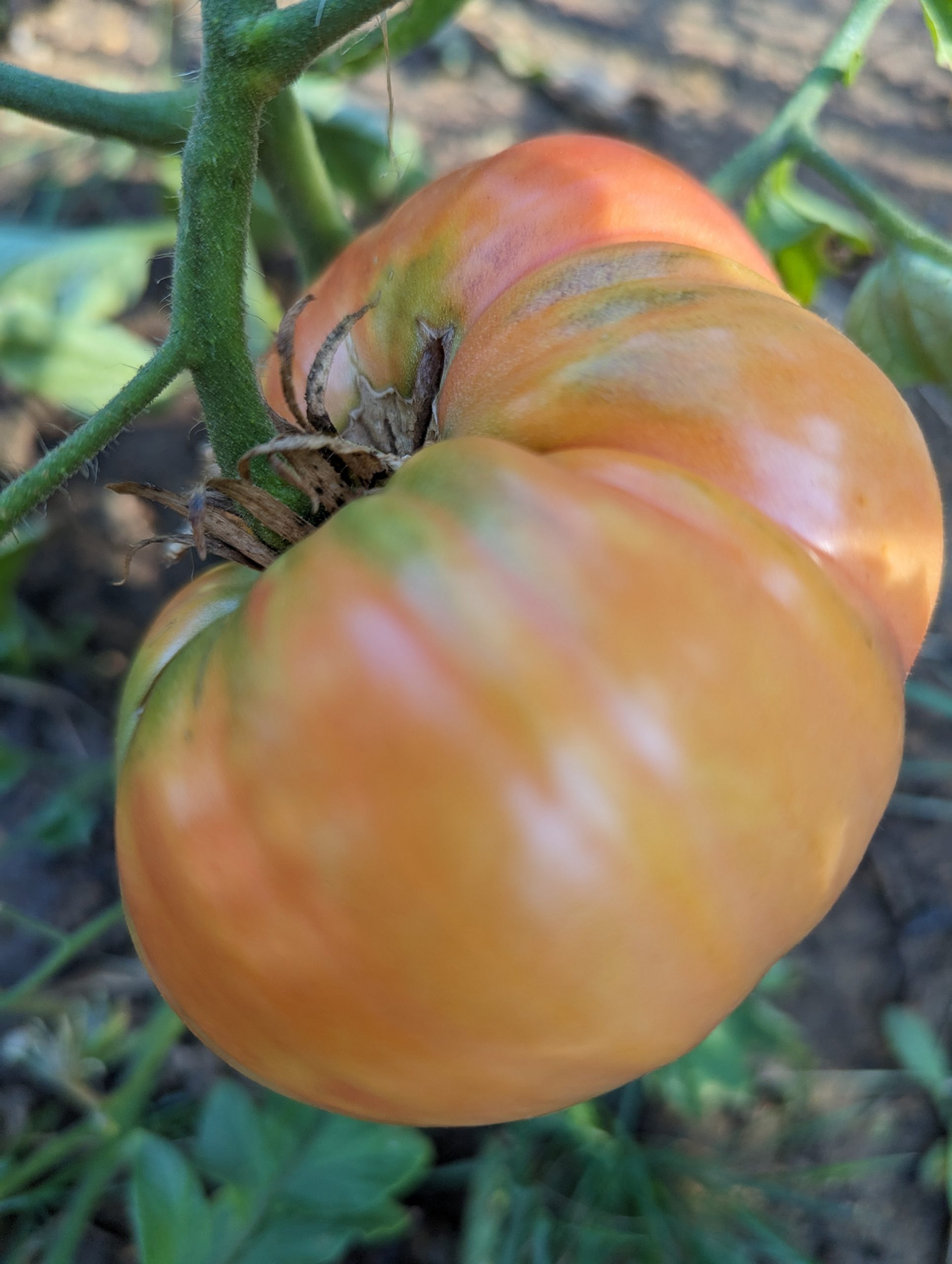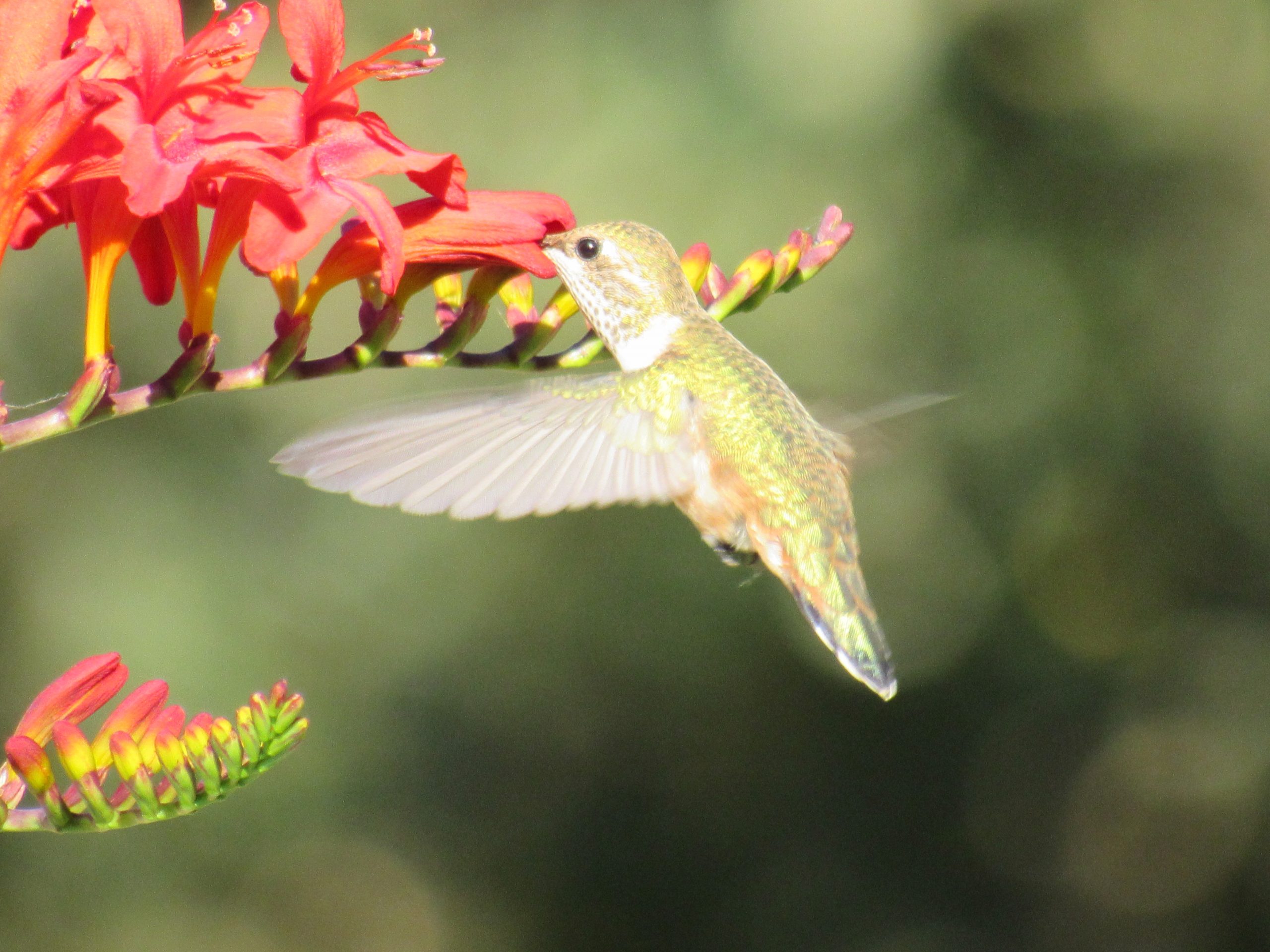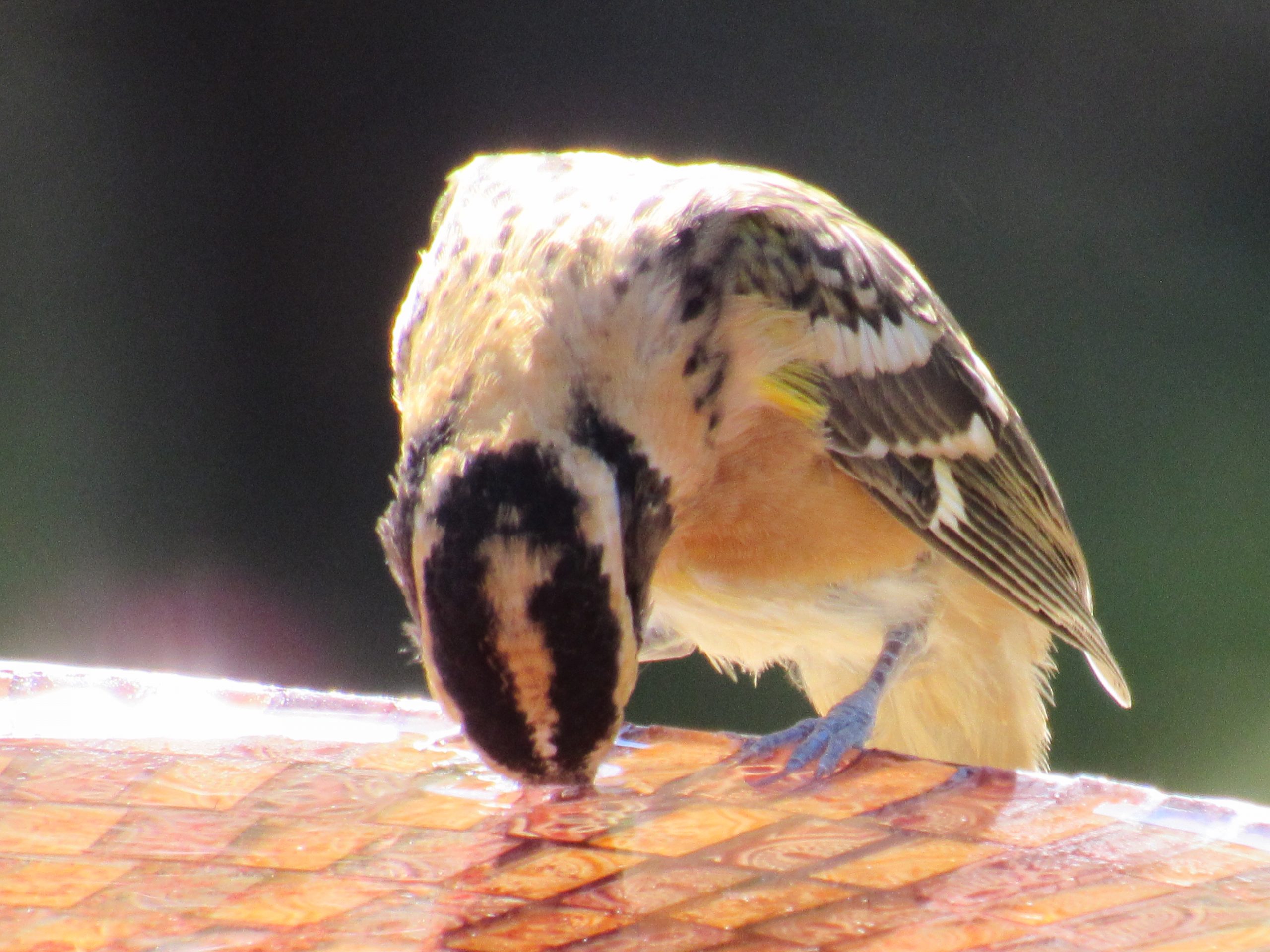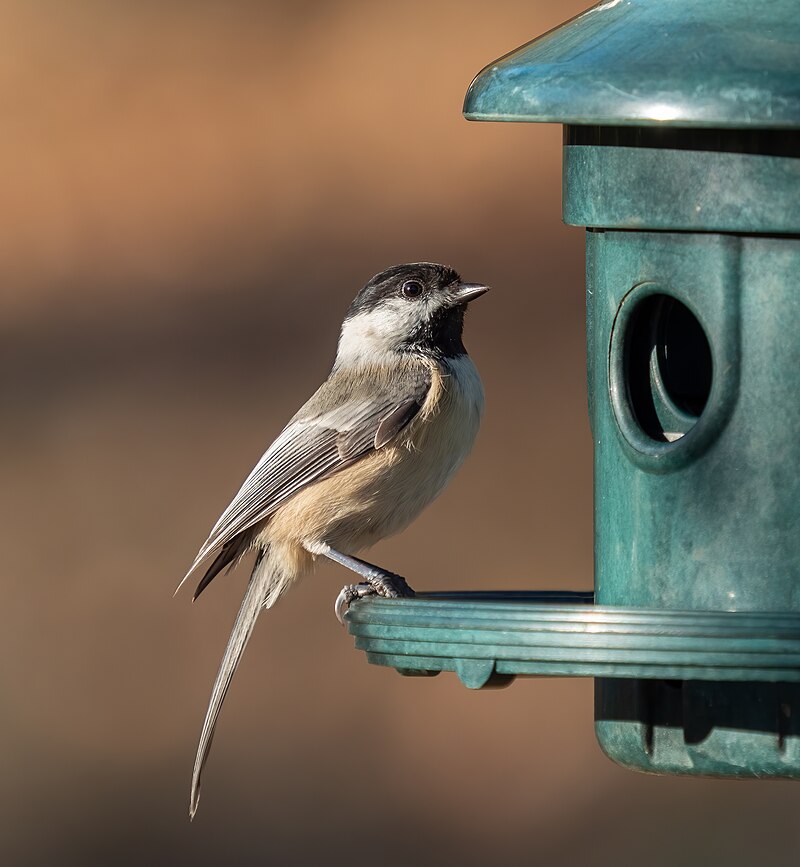
In the heart of every gardener lies a deep appreciation for the flavors and stories that come with heirloom tomatoes. These colorful, flavorful gems are more than just fruits; they are a living connection to our agricultural past. By growing heirloom tomatoes, gardeners can preserve these precious strains and enjoy a wealth of benefits, from superior taste to a deeper sense of accomplishment. Here’s how you can start your own heirloom tomato journey and reap the rewards of this delightful endeavor.
The Legacy of Heirloom Tomatoes
Heirloom tomatoes are varieties that have been passed down through generations, often within a family or community, because of their valued characteristics. Unlike hybrid tomatoes, heirlooms are open-pollinated, meaning they can reproduce true to type. This makes them perfect for gardeners who wish to save seeds and ensure the continuation of these unique varieties.
Getting Started: Choosing Your Heirlooms
Selecting which heirloom tomatoes to grow is one of the most exciting parts of the process. There are hundreds of varieties, each with its own history, flavor profile, and growth characteristics. Here are a few popular choices to consider:
- Brandywine: Known for its large size and exceptional flavor, this variety dates back to the 1880s.
- Cherokee Purple: With a rich, sweet flavor and a beautiful deep purple hue, this tomato has roots in Native American history.
- Green Zebra: Eye-catching with its green and yellow stripes, this variety is both tangy and sweet.
Planting and Growing Tips
- Start with Seeds: Purchase heirloom seeds from reputable sources or save seeds from previous harvests. Starting from seeds gives you complete control over the growing process.
- Soil Preparation: Heirlooms thrive in well-drained, nutrient-rich soil. Amend your garden soil with compost to enhance its fertility.
- Sunshine and Water: Tomatoes need plenty of sunlight—at least six to eight hours a day. Water consistently, ensuring the soil stays moist but not waterlogged.
- Support Systems: Many heirloom varieties are indeterminate, meaning they grow and produce fruit over a long period. Use stakes, cages, or trellises to support the plants as they grow.
Saving Seeds for Future Harvests
One of the greatest joys of growing heirloom tomatoes is the ability to save seeds for future plantings, ensuring the continuation of these treasured varieties.
- Select the Best Fruits: Choose healthy, ripe tomatoes from your best-performing plants.
- Fermentation Process: Scoop out the seeds and pulp into a jar, add water, and let it sit for a few days. This fermentation process helps remove the gel coating around the seeds and kills off any pathogens.
- Rinse and Dry: Rinse the seeds thoroughly and spread them out on a paper towel or screen to dry completely.
- Storage: Store the dried seeds in a cool, dark place in an airtight container. Properly stored seeds can last several years.
The Benefits of Growing Heirloom Tomatoes
Growing heirloom tomatoes offers numerous benefits beyond just the satisfaction of a successful harvest:
- Superior Flavor: Heirloom tomatoes are celebrated for their rich, complex flavors that far surpass many commercial varieties.
- Genetic Diversity: By cultivating heirlooms, gardeners help preserve genetic diversity, which is vital for the resilience of our food systems.
- Cultural Heritage: Each heirloom variety comes with a story, connecting gardeners to the past and preserving cultural heritage.
- Sustainability: Saving seeds and growing your own plants reduces reliance on commercial seed producers and promotes sustainable gardening practices.
A Harvest of Happiness
Gardening is a journey of growth, patience, and reward. By growing heirloom tomatoes, gardeners not only enjoy delicious, home-grown produce but also play a crucial role in preserving these historical varieties for future generations. The vibrant colors, the burst of flavors, and the stories behind each heirloom tomato make this gardening experience truly special. So, dig in, plant some heirloom seeds, and savor the joy of cultivating a piece of history in your own backyard. Happy gardening!







